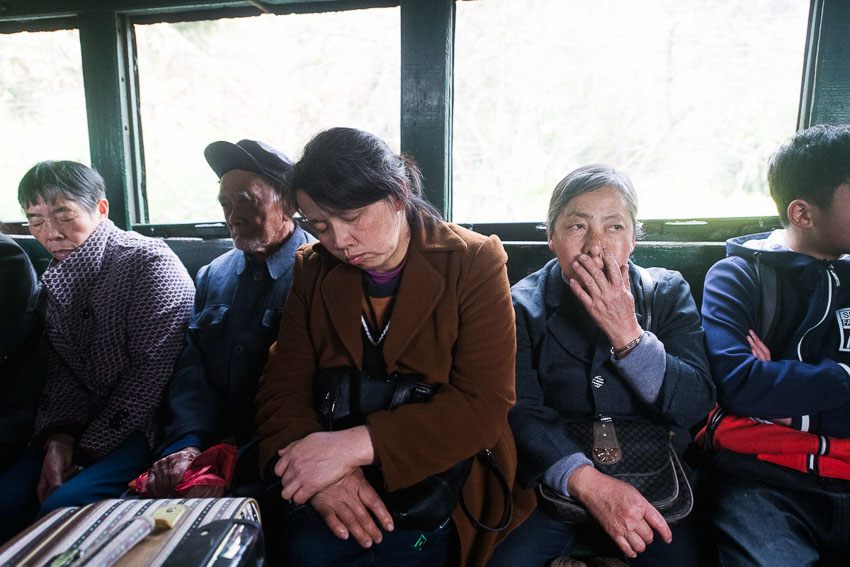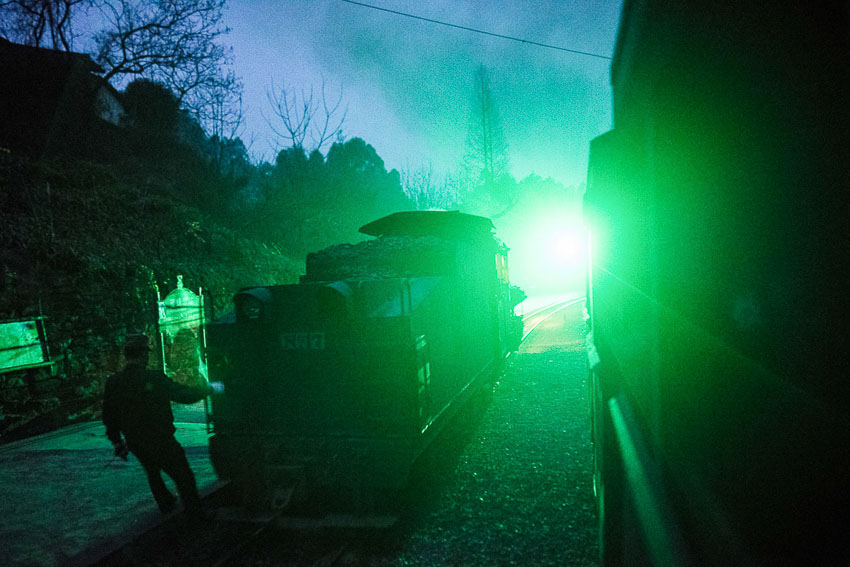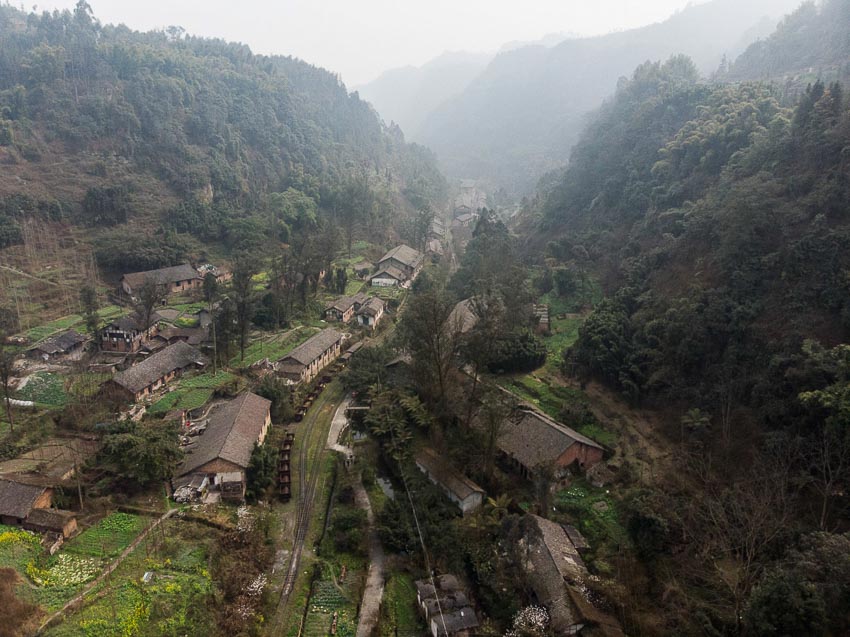China’s high-speed rail network is the world’s biggest, but in rural Sichuan province, steam trains – which come with a historyof darkness and beauty – offer portals to a slower-paced yesteryear. Last December, China’s state-owned train system operator China Railway Corporation proudly announced that the country was home to the world’s biggest high-speed train network. State media gushed about 124,000km of standard railway plus 22,000km of high-speed rail lines – more than the rest of the world’s com- bined – zig-zagging across China. By 2030, the latter digit will have more than doubled, we are promised. Critics point to China Railway Corporation’s huge debts, deepened by many loss-making routes, but for now, China’s train revolution is very much on the rails, its vehicles connecting the hyper-modernizing country’s cities at speeds sometimes nudging 400km/h. All this is in extreme contrast to the Jiayang Railway in the rural depths of China’s central Sichuan province. Around 200km south of Chengdu – where the population stands at 14.5 million people – on a narrow 19.8km track, the country’s last six functioning coal-powered steam trains – hissing, parping, brown-cloud- belching chuggers – trundle along, cutting through bamboo thickets and yellow rapeseed fields at little over human jogging pace. Text by: Jammie Fullerton







































